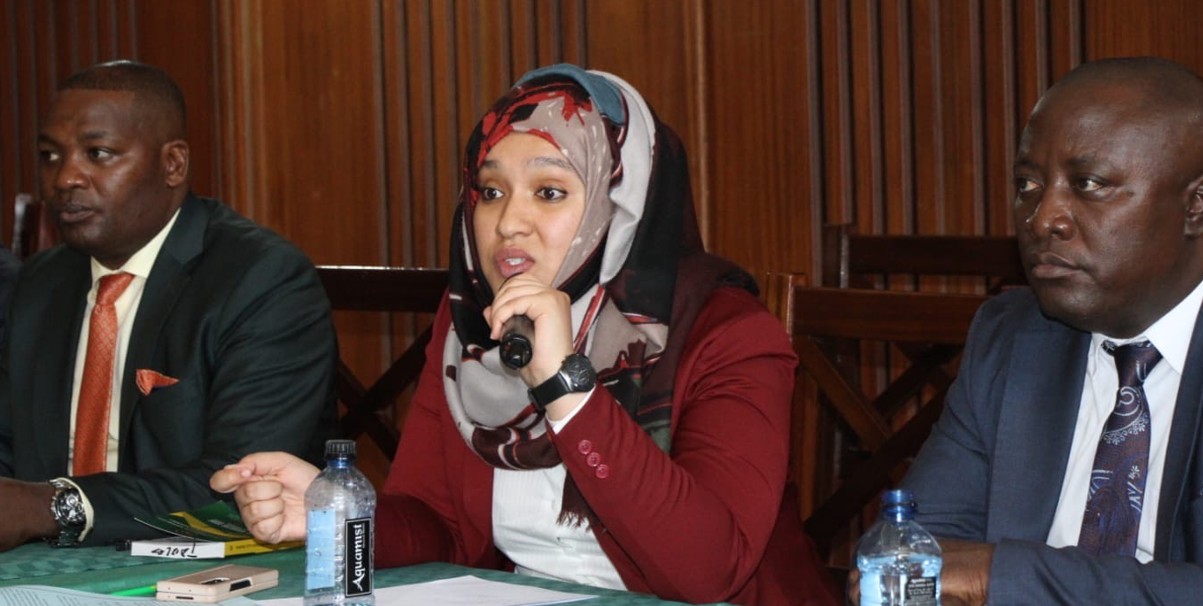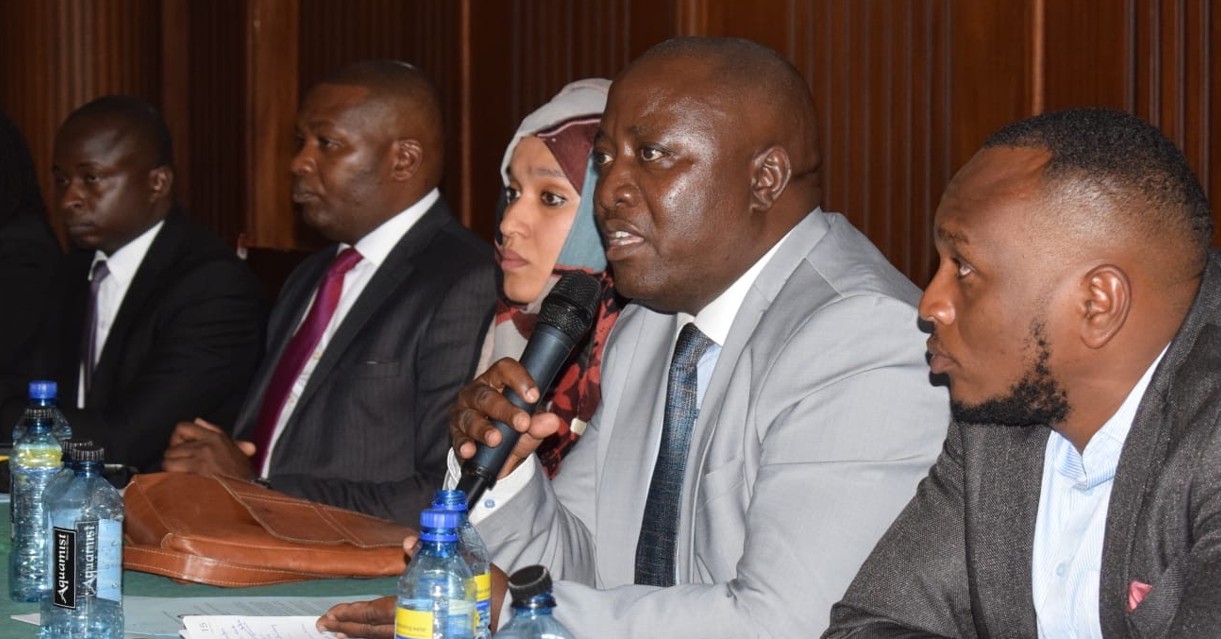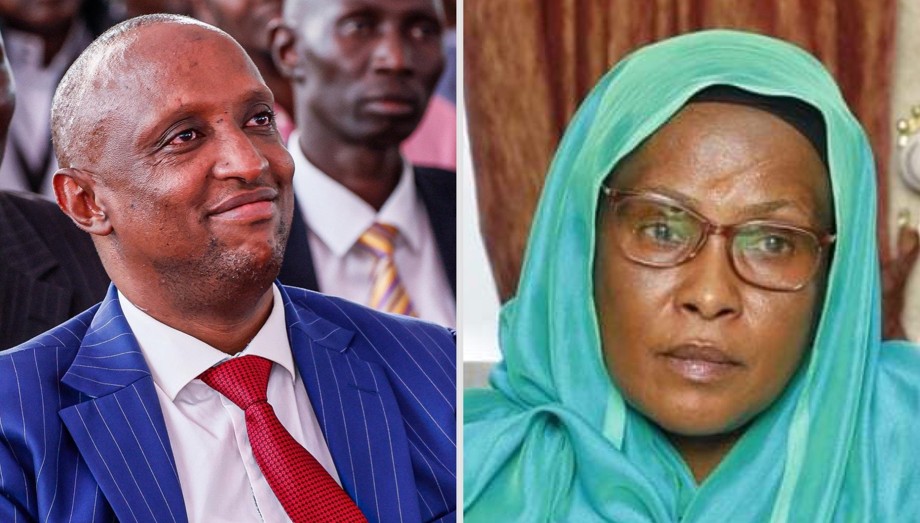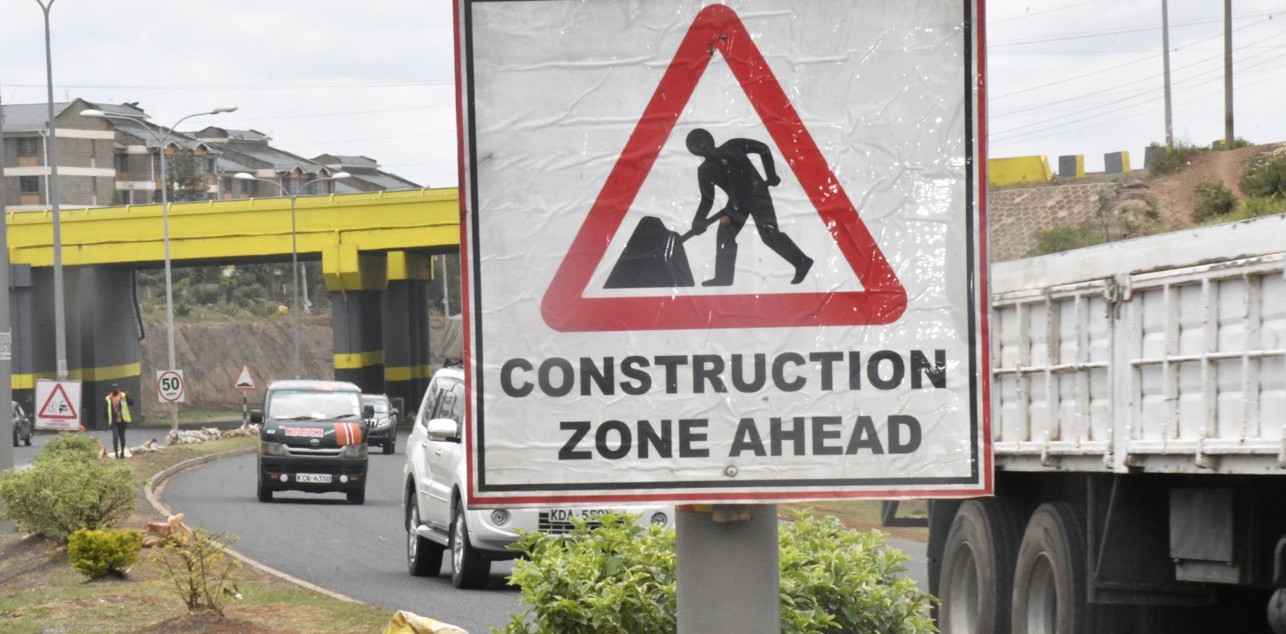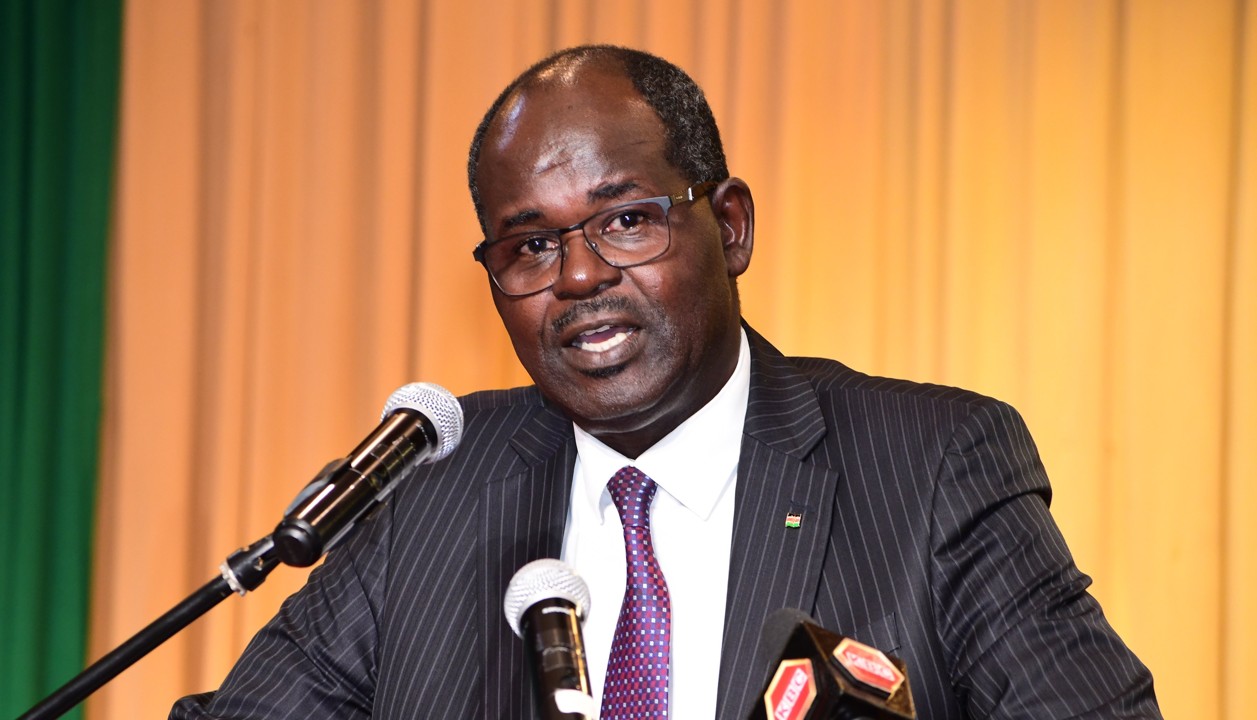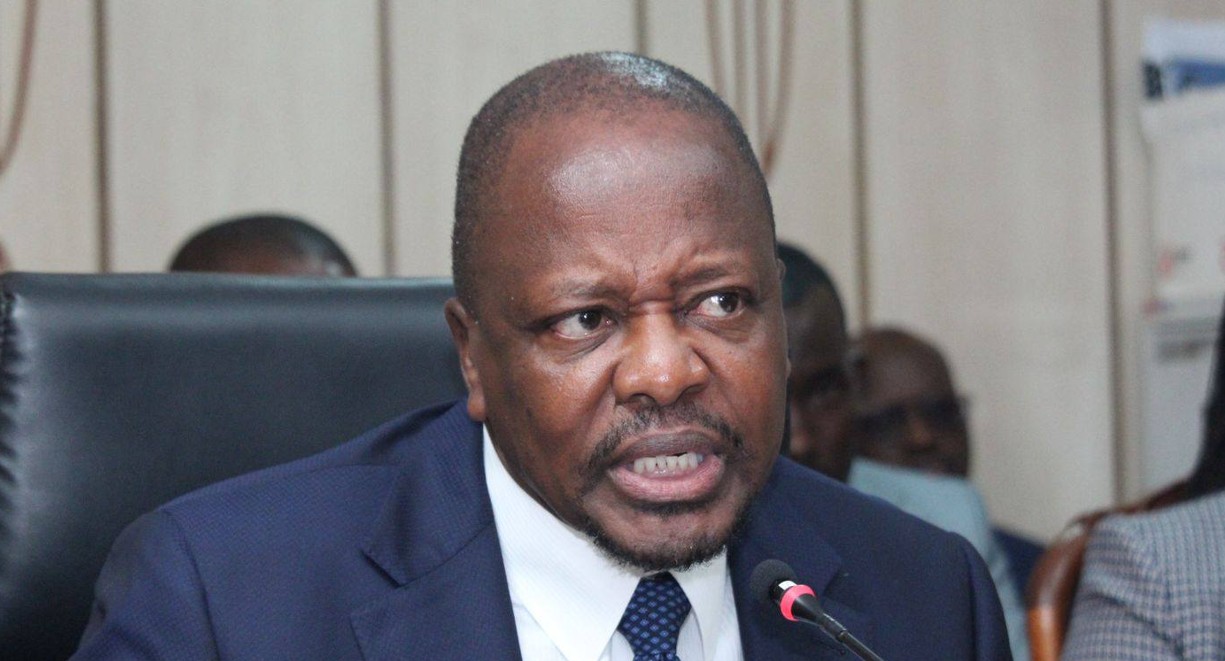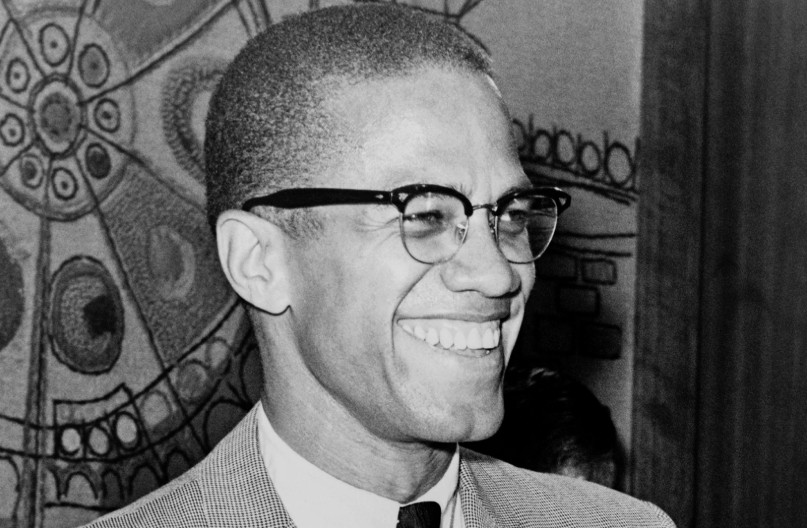The year youth-led protests redefined political resistance in Kenya
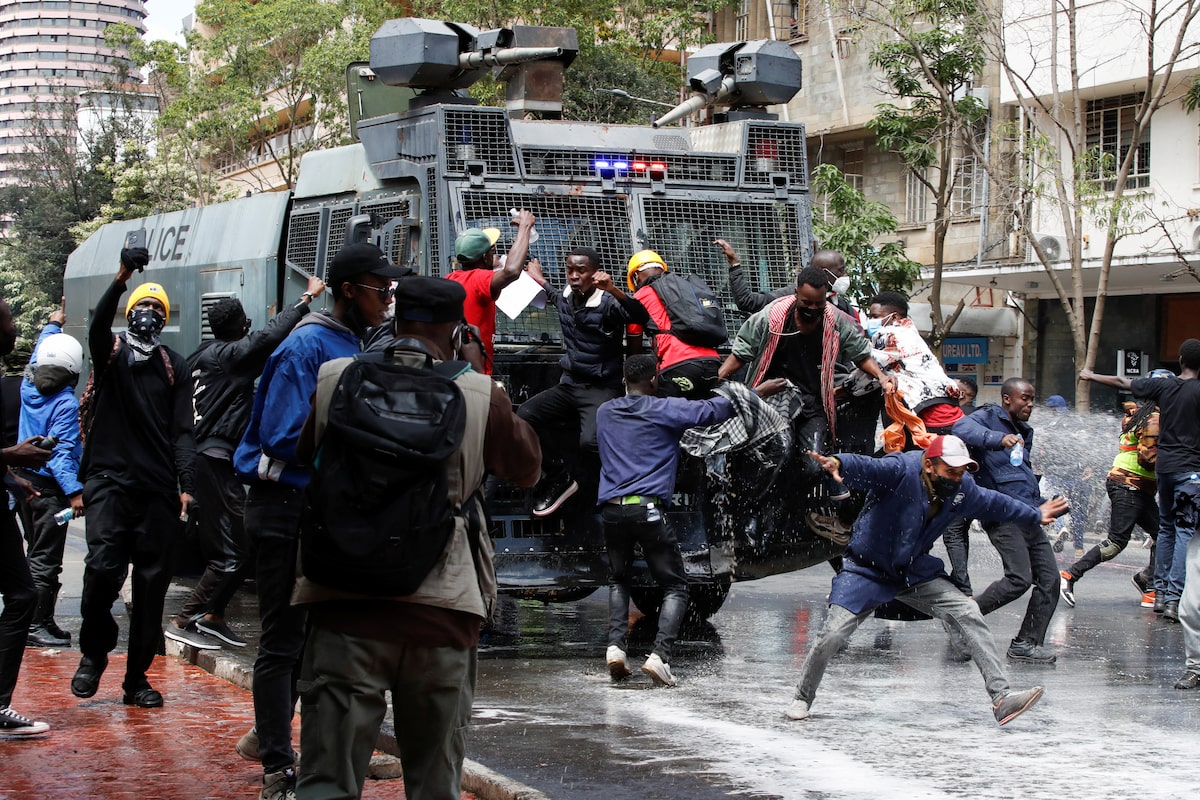
While the Finance Bill may have served as the immediate trigger, the protests were, in reality, a response to a much deeper frustration with Kenya’s governance system.
This year witnessed a historic wave of youth-led protests in Kenya, signalling a defining shift in the nation’s political landscape.
Beginning in mid-June, a generation that had long been overlooked by the political elite took to the streets, expressing their dissatisfaction with the government’s fiscal policies and their disillusionment with the state of governance.
More To Read
- Justice overdue for 2023 anti-govt protest abuses across Kenya
- Heightened security around Parliament, city roads closed ahead of Ruto's address
- KNHCR calls for sanctions against Interior Ministry, Police IG over GenZ protest abuses
- Activists decry restricted access to Uhuru Park ahead of planned event to honour anti-govt protest victims
On June 18, 2024, a highly organized youth movement, largely driven by the Gen Z demographic (those born between 1997 and 2013), staged peaceful protests under the banner "Occupy Parliament."
Thousands of young people gathered across major cities like Nairobi, Mombasa, and Eldoret, to pressure Members of Parliament to reject the controversial Finance Bill, 2024.
Despite their best efforts to storm the National Assembly, they were blocked by heavy security.
The protests were a culmination of weeks of digital mobilization, with youth activists using social media platforms to rally support.
However, despite the demonstrators’ fervent campaign, the Bill passed in Parliament on June 18, with supporters of it on the floor of the House emerging victorious.
This triggered an even larger, more intense demonstration on June 25, 2024, when protestors managed to breach the precincts of Parliament, setting parts of the building on fire.
Several protestors were injured in the violence that followed, with some tragically losing their lives.
“The ongoing deadly crackdown on protesters further taints Kenya’s already dismal human rights record,” said Otsieno Namwaya, Associate Africa Director at Human Rights Watch.
 Protesters march with a Kenyan flag along Moi Avenue, Nairobi, during the anti-government demos on Tuesday, July 16, 2024. (Photo: Justine Ondieki/EV)
Protesters march with a Kenyan flag along Moi Avenue, Nairobi, during the anti-government demos on Tuesday, July 16, 2024. (Photo: Justine Ondieki/EV)Protesters carry a Kenyan flag along Moi Avenue, Nairobi during the anti-government demos on Tuesday, July 16, 2024. (Photo: Justine Ondieki/EV)
“The authorities should end the abductions, publicly denounce the rhetoric that attempts to criminalise peaceful protests, and ensure prompt investigation and fair prosecution of security officers credibly implicated in the abuses,” he added.
Deeper frustrations
While the Bill may have served as the immediate trigger, the protests were, in reality, a response to a much deeper frustration with Kenya’s governance system.
For many youth, the Finance Bill was merely the "spark" igniting long-standing grievances regarding corruption, unemployment, and rising taxes.
In August, the state-funded Kenya National Commission on Human Rights said it had documented at least 73 abductions since the protests started in June.
In September, Former Interior Cabinet Secretary Kithure Kindiki said that 42 people died as a result of Gen Z-led protests, and 1,028 arrests were made, with 132 cases of missing persons reported from the protests across the country.
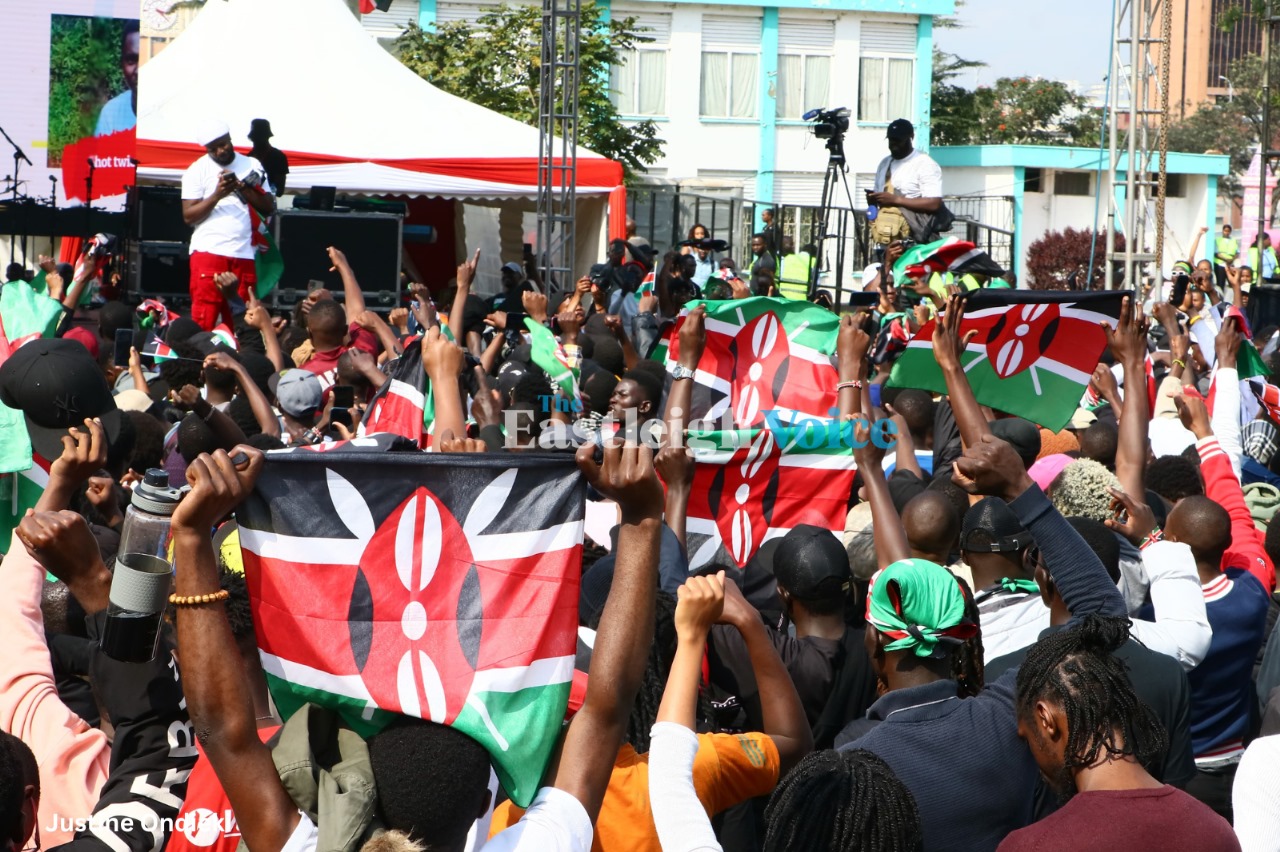 Youths gather at Uhuru Park for the memorial concert to honour those who died during the June anti-govt protests. (Photo: Justine Ondieki)
Youths gather at Uhuru Park for the memorial concert to honour those who died during the June anti-govt protests. (Photo: Justine Ondieki)
Understanding the role of Gen Z in these protests is crucial. As of the 2019 Census, over 75 per cent of Kenya's population is under the age of 35, making the youth the backbone of the country.
This generation is vastly different from its predecessors in terms of values, expectations, and aspirations. Notably, it has been largely touted that the Gen Z is largely "tribeless," rejecting the ethnic divisions that have long been used by
politicians to manipulate voter behaviour.
What distinguishes this generation even further is their fluency in technology. Gen Z is the first cohort to grow up in the digital age, with easy access to social media and other platforms that enabled them to coordinate, mobilise, and communicate more effectively than any other generation.
Their protests were not just confined to the streets; they were amplified online, often staying one step ahead of law enforcement and traditional media.
These youth have been exposed to an era of democratic growth and constitutional reforms, particularly after the 2010 promulgation of Kenya's new Constitution.
They are unafraid to "stand up for their rights," a sentiment that was evident in the streets and online, as they voiced their frustrations about government policies they felt were unfair.
Multifaceted reasons
The reasons behind the protests were multifaceted. While the Finance Bill, 2024 which proposed tax increases and austerity measures, was the immediate issue, the underlying factors went much deeper.
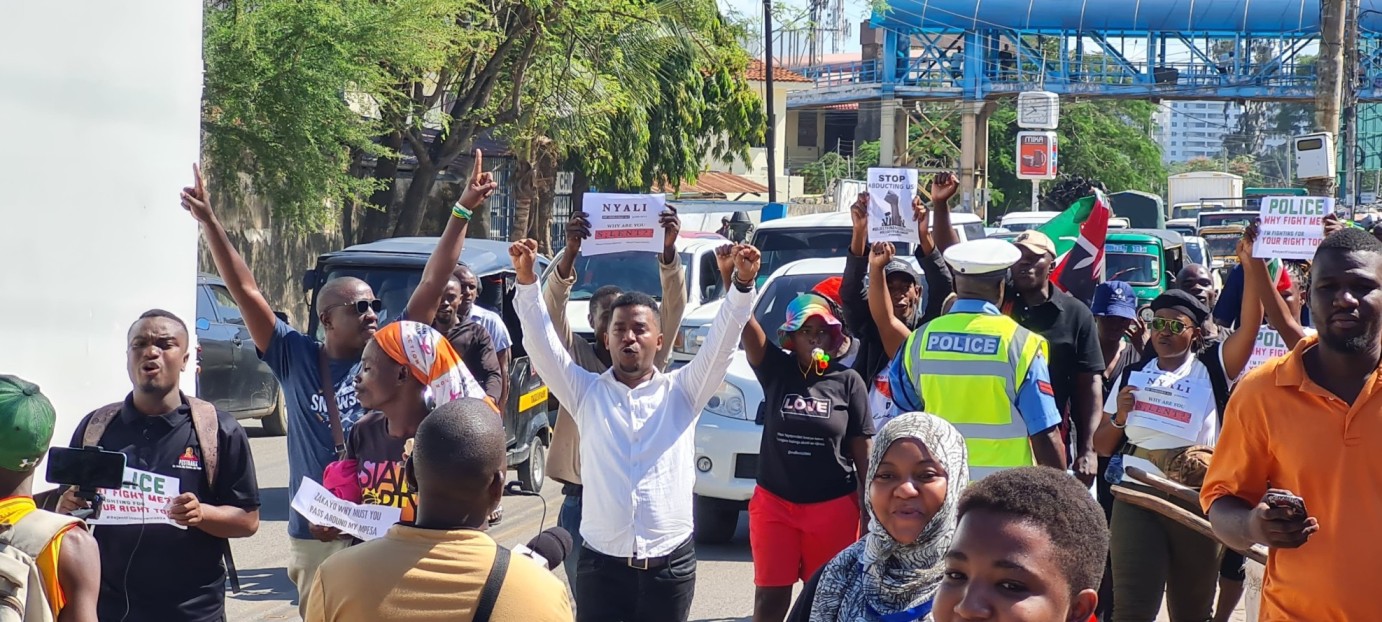 Activist Matthias Shipeta of Haki Africa leads Mombasa protesters in rejecting the Finance Bill 2024 on Monday, June 24, 2024. (Photo: Farhiya Hussein/EV)
Activist Matthias Shipeta of Haki Africa leads Mombasa protesters in rejecting the Finance Bill 2024 on Monday, June 24, 2024. (Photo: Farhiya Hussein/EV)Activist Matthias Shipeta of Haki Africa leads Mombasa protesters in rejecting the Finance Bill 2024 on Monday, June 24, 2024. (Photo: Farhiya Hussein/EV)
A large segment of Kenya's youth is struggling with unemployment, underemployment, and the burden of high education costs.
Many were beneficiaries of the Kibaki-era educational reforms but are now grappling with the challenges of finding work in a struggling economy.
The youth population has also been severely affected by the aftermath of the COVID-19 pandemic.
Many young people, especially those in the informal sector, have turned to small businesses or "hustles" to survive.
These businesses, many of which had suffered during the pandemic, now faced a new threat: policies that the youth perceived as punitive to their economic recovery.
University students, too, were at the forefront of the protests, voicing their concerns over rising tuition fees, delays in loan disbursements from the Higher Education Loans Board (HELB), and the increasing tax burden on their families.
Their frustration was compounded by a lack of tangible benefits from the country’s rapid expansion of higher education institutions.
Additionally, the rise of social media influencers and content creators played a significant role in mobilizing the protests.
Young social media stars used platforms like TikTok, WhatsApp, and X (formerly Twitter) to rally support, with some offering direct critiques of the government's fiscal policies.
What truly united the youth in their protests, however, was a deepening frustration with political leadership that they perceived as out of touch with their needs.
Many young Kenyans see the government’s calls for sacrifices as hypocritical, given the lavish lifestyles of the political elite.
They question why they should be asked to shoulder the economic burden while witnessing the misuse of public resources, a sentiment that fueled the fire of the protests.
By June 26, President William Ruto finally relented, agreeing not to sign the Finance Bill, 2024 into law, under pressure from the youth-led protests.
However, this concession did little to quell the unrest. Protestors continued to march, calling for more substantial reforms and greater accountability.
Despite the government's offer for talks and the promise of immediate austerity measures, many youths remained sceptical.
They expressed mistrust in the government's ability to follow through on its promises and demanded that systemic changes be implemented to address youth unemployment, corruption, and the rising cost of living.
Top Stories Today



